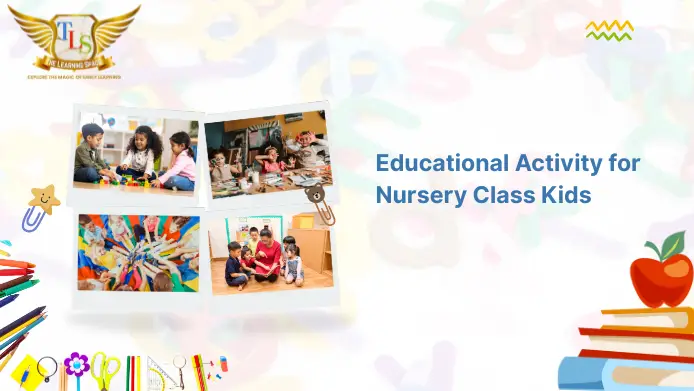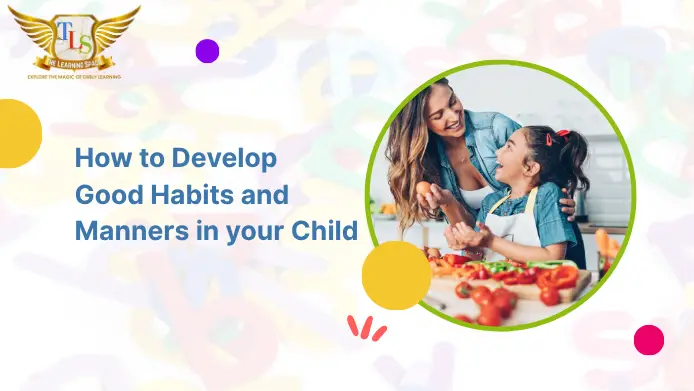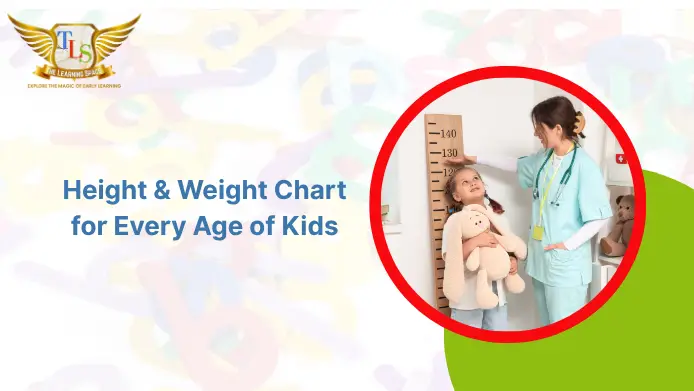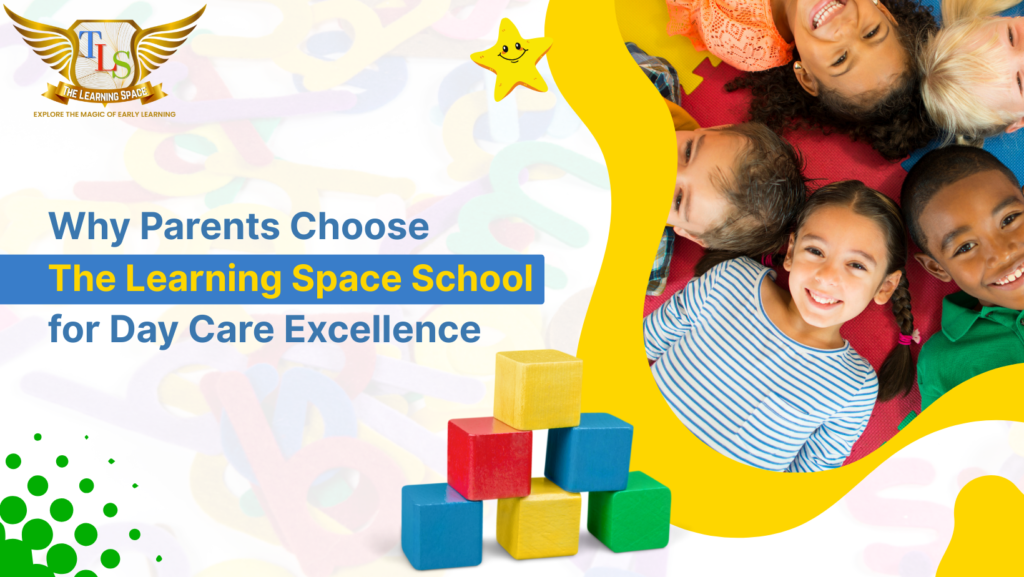Educational Activity for Nursery Class Kids
Finding the right activity for nursery class can turn learning into a fun, easy thing for the little ones. At this young age, kids learn best through play and movement, and simple tasks engage them very well. When lessons appear as some sort of game, children are happy and further excitedly curious about new things to learn. Good nursery class activities enable kids to grow, think, speak, and express themselves. And they become more confident too. With the right activities for nursery kids, every day is a joyful learning adventure. Fun Activities for Nursery Class Nursery activities that are simple and fun for kids help them learn new skills in the most enjoyable manner. These are easy to execute and keep children active and inquisitive. 1. Story Time Story Time is an engaging activity for nursery kids because it helps them in building language and listening skills. Children sit, relax, and enjoy short and simple stories. They learn new words and understand emotions through the characters. In Story Time, they develop skills of imagination and thinking. 2. Alphabet Hunt One of the most entertaining nursery class activities is the Alphabet Hunt. The teachers hide the letters around the room, and the kids have to search for them. When any child finds a letter, he says its name. This game makes learning about the alphabet quite fun, and they remember letters more accurately this way. 3. Count and Play Count and Play: This is a very good nursery class activity for building early math skills. Children count small toys, blocks, or beads. By touching and shifting objects, they learn numbers. Math turns out to be easy and joyful in this simple play. 4. Color Sorting Color Sorting is a very enjoyable game for the nursery class, teaching the kids about colors. Children have to sort objects according to color into bowls or trays. The kids also learn to concentrate and match things appropriately. This game develops thinking and observation skills. 5. Shape Hunt Shape Hunt is one of the most playful nursery kids’ activities. Teachers hide shapes like circles, squares, and triangles around the room. Kids look for them and name the shapes. It helps them learn the names of the shapes and improves their looking skills. 6. Tracing Alphabet Tracing Alphabet is one of the helpful activities for nursery kids, as it builds writing skills. Kids trace letters on paper, in sand, or even in the air. This helps them learn how letters look and how to write them. It also strengthens their finger muscles. 7. Vegetable Stamping Vegetable Stamping is a fun and easy art activity that kids love. The teachers cut the vegetables like okra, potato, or capsicum and dip them in paint. Children press them on paper to make shapes and patterns. This creative task is an easy nursery activity option for kids, building imagination. 8. Connecting Dots Connecting Dots is a quiet, pleasant activity within the nursery class. Children follow dot patterns to create a picture or letter. This develops hand control and gives an idea of following sequences. They are delighted to see the resulting picture created after they are done. 9. Picture Bingo Picture Bingo is a fun and social activity for nursery class. Children are given cards consisting of pictures, and when a teacher flashes any picture matching the card, they mark it. It develops memory, quick thinking, and picture recognition. It also makes them enthusiastic about participation. 10. Block Play Block Play is one of the most popular kids’ activities in a nursery. Children build towers, houses, and simple shapes with blocks. This activity builds creativity, hand strength, balance, and problem-solving skills. Kids also enjoy working together while building. Conclusion Simple and fun activities for nursery kids help children learn many important things at an early age. These games make learning easy, enjoyable, and stress-free. With the right nursery class activity, kids become more confident and curious. These playful tasks also help children grow socially, mentally, and physically. When teachers and parents use such nursery kids’ activities, they give children a strong start in learning. FAQs








